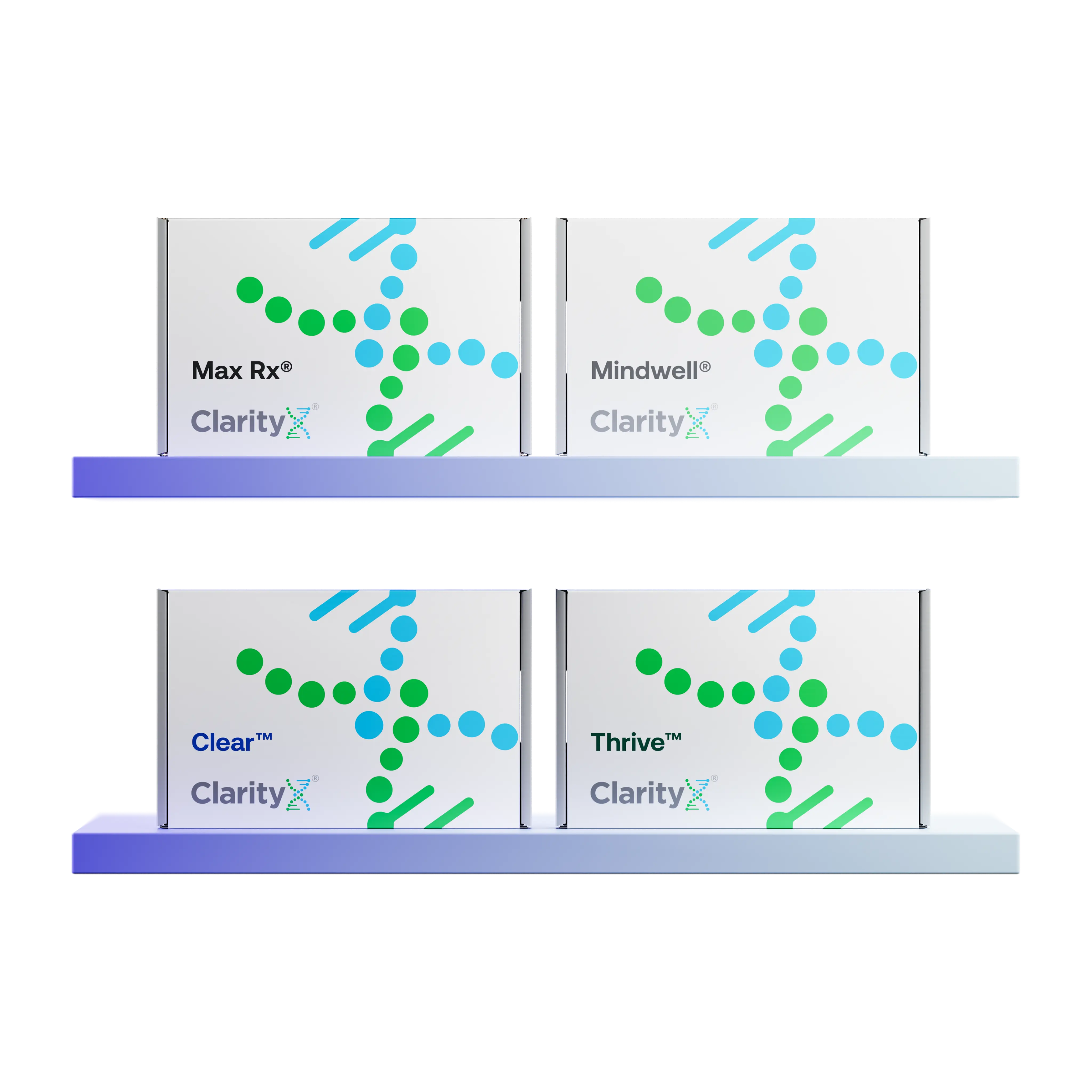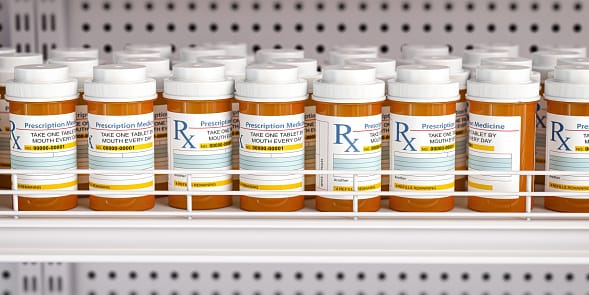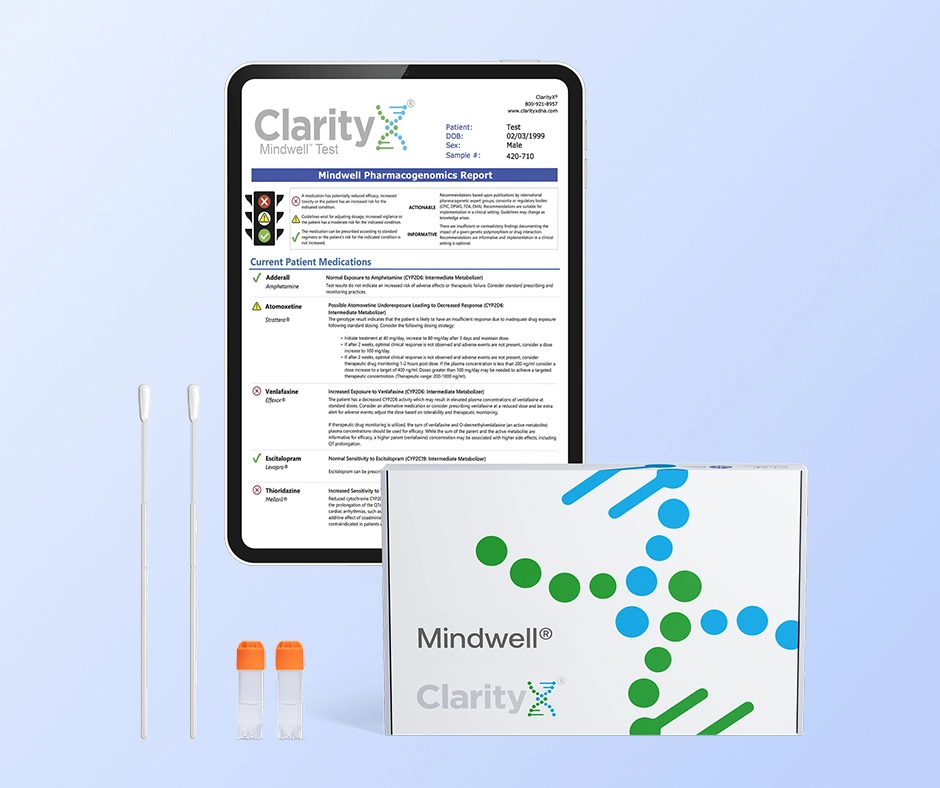Key Highlights
- Paxil (paroxetine) is a selective serotonin reuptake inhibitor (SSRI) often used to treat anxiety and depression.
- Paxil works by raising the amount of serotonin in the brain. Serotonin is important for helping to manage mood.
- Everyone’s experience can be different, but it usually takes about 2 to 6 weeks for Paxil to start improving depression or anxiety symptoms.
- It’s important to monitor for side effects during the first week of therapy. Some common side effects are nausea, drowsiness, dry mouth, and changes in appetite. In some cases, some of these effects may go away as your body gets used to the medicine.
- Establishing and maintaining consistent communication with your healthcare providers is important as you adjust to the medication.
Introduction
Navigating mental health treatment can feel daunting, but fortunately, there are many different options available for support, including medication. If your healthcare provider has recommended starting Paxil, which is an antidepressant that helps with anxiety and depression, you might have questions. You may wonder how long it will take to see results and what side effects might happen. This guide will explain what you can expect in the first 7 days and beyond after beginning Paxil. It will help you understand how your body adjusts to this medication and what potential side effects you might experience.
Understanding Paxil and Its Uses
Paxil is a selective serotonin reuptake inhibitor (SSRI). Healthcare providers often prescribe it for anxiety and depression, but it’s also used to help support the management of symptoms related to a variety of mental health conditions. It helps boost the activity of serotonin in the brain, which can positively impact mood and the ability to process emotions.
Common Conditions Treated with Paxil
Paxil can be used to treat many different health issues. The conditions approved directly by the FDA include:
Major depressive disorder (MDD)is often defined by persistent feelings of sadness over time, withdrawal, and loss of interest in activities.
Panic disorder (PD)Obsessive-compulsive is characterized by sudden episodes of intense fear involving severe physical reactions.
Social anxiety disorder (SAD) or fear and anxiety in social situations that impact daily routines (e.g., school, work, relationships).
Generalized anxiety disorder (GAD) is characterized by frequent, excessive worry about ‘everyday’ situations.
Post traumatic stress disorder (PTSD), or persistent mental or emotional stress after an injury or emotionally traumatic event, often causes sleep disturbances and vivid recall of the event.
Premenstrual dysphoric disorder (PMDD), mood shifts (e.g., irritability, depression, or anxiety) occurring in the days or weeks before a period begins.
In some instances, healthcare providers may choose to recommend Paxil for other purposes as well, based on clinical data and experience. It’s important to talk openly with your healthcare provider about how you’re feeling and the impact of different events in your life to help ensure you find the right treatment.
The Mechanism of Paxil: How It Works in the Brain
Paxil is an antidepressant. It falls under a group called selective serotonin reuptake inhibitors (SSRIs). Paxil helps by focusing on serotonin levels in the brain.
Serotonin is a chemical that helps manage mood, sleep, and feelings. Paxil works by slowing down the reuptake of serotonin once it has been released. This means more serotonin is available, which may help improve your mood. As a result, it can ease symptoms linked to depression and anxiety.
Paxil's Impact on Serotonin Levels
The effectiveness of Paxil depends on its role in changing serotonin levels in the brain. It is a selective serotonin reuptake inhibitor (SSRI). This means it stops the brain from taking back serotonin after it sends messages between nerve cells. Reduced serotonin activity has been associated with many mental health conditions, including depression and anxiety.
Think of serotonin as a messenger. Normally, after sending its message, serotonin is reabsorbed. But with Paxil, this reabsorption does not happen as much. This saved serotonin stays in the gaps between nerve cells. More serotonin here can have a positive impact on mood, which can lower symptoms like anxiety, sadness, and irritability.
The Timeline for Feeling Paxil's Effects
One of the most common questions surrounding Paxil is, "When will I start feeling better?" While many desire a quick fix, it is essential to understand that Paxil, like most antidepressants, takes time to exert its full effect. Typically, individuals can anticipate noticing gradual improvements in their symptoms within a timeframe of 2 to 6 weeks of treatment.
During the initial days and weeks, your body is acclimating to the presence of the medication, and it's not unusual to experience some mild side effects. By the second week, some of these side effects may subside as your body adjusts. Open communication with your doctor is crucial during this initial phase because it can help you distinguish between manageable concerns and greater concerns that may require a change in therapy.
Here's a general timeline:
The Initial 7 Days on Paxil: What to Expect
Each person's journey with mental health treatment is different. Some people may notice small changes in their symptoms during the first week, while many others may take a little longer to see results. Make sure to talk to your doctor about any big changes you notice, including both the positive and the negative.
The First Week
The starting dose of paroxetine is often relatively low, which gives your body a chance to adjust to the medication. During the first week, the focus is often on ensuring the medication will be well-tolerated. Improvements in mood are likely to take time and may become more apparent in the weeks that follow. Early on, it’s important to monitor for side effects and communicate any concerns with your healthcare providers.
Although it takes time for beneficial effects to become more apparent, it’s important to remember that Paxil must be taken consistently daily in order to become and remain effective. Early on in therapy, it’s particularly important to lean on the support of family, friends, and the community.
Adjusting to Side Effects and Body's Response
As your body gets used to Paxil at first, it's common to have some side effects. Some of these side effects can be mild and may go away as your body adjusts. For instance, you might feel nausea, dry mouth, a change in appetite, or drowsiness. Simple tips like drinking enough water, eating healthy meals, and maintaining a healthy routine for sleep may help you feel better during this time. However, if side effects linger or seem to be getting worse, it’s important to talk with your healthcare provider.
Managing Side Effects and Ensuring Safety
Paxil is usually safe for most people, but like all medicines, it may cause some side effects. The benefits of Paxil often outweigh the risks, and some side effects are mild and may go away as your body gets used to the medication. However, it’s important to know when additional support is needed and how to watch for the signs of more serious side effects.
Common Side Effects
Some of the common side effects of Paxil include:
- Dry mouth
- Nausea
- Constipation
- Dizziness
- Drowsiness
- Changes in appetite
It’s important to talk with your healthcare provider about what you’re experiencing. Some of these side effects can be managed with simple lifestyle changes. For example, you can fight dry mouth by chewing sugar-free gum, drinking enough water, or using a saliva substitute. However, in some cases, changes may need to be made to the medication.
Sometimes, Paxil can also cause sexual problems like lower sex drive, trouble reaching orgasm, or erectile dysfunction, which can impact your sex life. These side effects can feel awkward to talk about, but it’s important to tell your doctor if you have them. Your doctor can help you find solutions or change your treatment if needed.
Serious Side Effects and How to Handle Them
While Paxil is usually safe for many people, it’s important to know about the serious side effects and to get medical help if they happen.
One serious side effect is the risk of serotonin syndrome, which is a rare problem that can occur when too much serotonin begins to build up in the body. Symptoms can include feeling restless, confused, having a fast heartbeat, high fever, sweating, stiff muscles, and trouble moving. This is more common when more than one medication or supplement is used that impacts serotonin, so it’s important to talk with your healthcare providers about everything you use, including over-the-counter supplements (e.g., St. John’s Wort).
Paxil, like other antidepressants, carries an important warning related to the potential for increased thoughts or actions related to self-harm or suicide. These tendencies appear to be greater in adolescents and young adults and begin to become less likely with older patients. It’s important to have support through family, friends, therapy, or the community, early on and throughout treatment. If there are any significant changes in behavior or if you experience thoughts of self-harm, it’s critical to reach out for additional help.
People with specific medical conditions like liver or kidney issues, glaucoma, or a history of seizures may need special care or changes in their dose, especially if they have had any allergic reaction. Always give your doctor a full medical history before starting Paxil to make sure it is safe and works well for you.
Paxil Dosage and Administration Tips
Finding the right dosage of Paxil is a personal matter. It depends on things like the condition you are treating, how you respond to the medicine, your age, and your overall health. Your healthcare provider will help you figure out the best dosage of Paxil. This should manage your symptoms well and cause as few potential side effects as possible.
Finding the Right Dosage for You
Finding the best Paxil dosage for you is a team effort between you and your healthcare provider. Your doctor will look at important things like your health condition, age, weight, and any other medicines you take.
Genetic testing for anxiety can also play an important role in establishing the best dose for you. Paxil is processed by enzymes in the liver called CYP2D6 enzymes. Genetic testing can help determine whether Paxil is likely to be processed rapidly or more slowly, which can impact how well the medication works or how likely it may be to cause side effects. For instance, CYP2D6 ultrarapid metabolizers may benefit from considering an alternative medication, because Paxil may be processed too quickly and may not become effective. Alternatively, slow metabolizers may need a lower dose of Paxil so it will be less likely to build up and cause side effects.
The starting Paxil dosage is usually relatively low. This helps to see how well you tolerate the medication. Your doctor may slowly raise the dosage until it works well for you. It is important not to change the dosage on your own without your doctor’s advice.
Good communication with your doctor is very important during your treatment. Tell them about any side effects you notice and keep them updated on any changes in your mood. This can help you find the most helpful dose over time.
Tips for Taking Paxil Effectively
Starting a new medication can feel stressful, but some tips can help make it easier. When taking Paxil, being consistent is very important. Try to take it at the same time every day, whether in the morning or evening. This helps keep a steady level of the medication in your body. Although the medication is not addictive, missing doses may lead to withdrawal symptoms or make the medicine less effective.
If you miss a dose, do not take two at once. Take the missed dose when you remember it unless it's almost time for your next dose. In that case, just skip the missed dose and continue with your regular schedule. If you have questions about missed doses, it is best to talk to your doctor or pharmacist for help.
Good medication management is important to get the most from Paxil and to reduce any risks. Talk openly with your healthcare provider, follow their instructions closely, and focus on your health during your treatment.
Lastly, when considering treatment options like Paxil, your genetics can also play a vital role in determining which medications will be best suited for you. A simple test can help reduce the trial-and-error process associated with finding the right medication. Find out more by visiting www.clarityxdna.com
Conclusion
If you or someone close to you has recently started taking Paxil, it’s helpful to know what to expect. Early in therapy, the focus is primarily on making sure the medication will be well-tolerated. Watch for side effects and report any concerns during this time.
As you continue to take the medication consistently for several weeks, it may begin to provide some valuable support for managing mood. Many healthcare providers like to follow up and see how you’re doing after about a month, and adjustments are often made at that time depending on your needs. However, if you’re concerned with any changes, it’s okay to reach out sooner so you can get the support you need!
Frequently Asked Questions
How quickly can I see improvements in my symptoms?
It usually takes around 2 to 6 weeks of regularly using Paxil to see clear improvements in anxiety symptoms. It's important to be patient. Keep taking the medicine as the doctor recommends, even if you do not see results right away.
Can I drink alcohol while taking Paxil?
It is usually best to stay away from alcohol when you are on Paxil. Alcohol can have bad effects when mixed with Paxil. It may make side effects like dizziness or drowsiness worse or make the medicine not work as well. Talk to your healthcare provider for advice that suits you.
References:
https://dailymed.nlm.nih.gov/dailymed/drugInfo.cfm?setid=087ff0d3-1761-47ea-a8c1-7c4cb679af97
https://www.ncbi.nlm.nih.gov/books/NBK526022/
https://pmc.ncbi.nlm.nih.gov/articles/PMC7220791/
https://pubmed.ncbi.nlm.nih.gov/11893234/
https://my.clevelandclinic.org/health/diseases/24481-clinical-depression-major-depressive-disorder
https://clarityxdna.com/blog/genetic-testing-for-medication-efficacy/
https://my.clevelandclinic.org/health/diseases/17687-serotonin-syndrome






